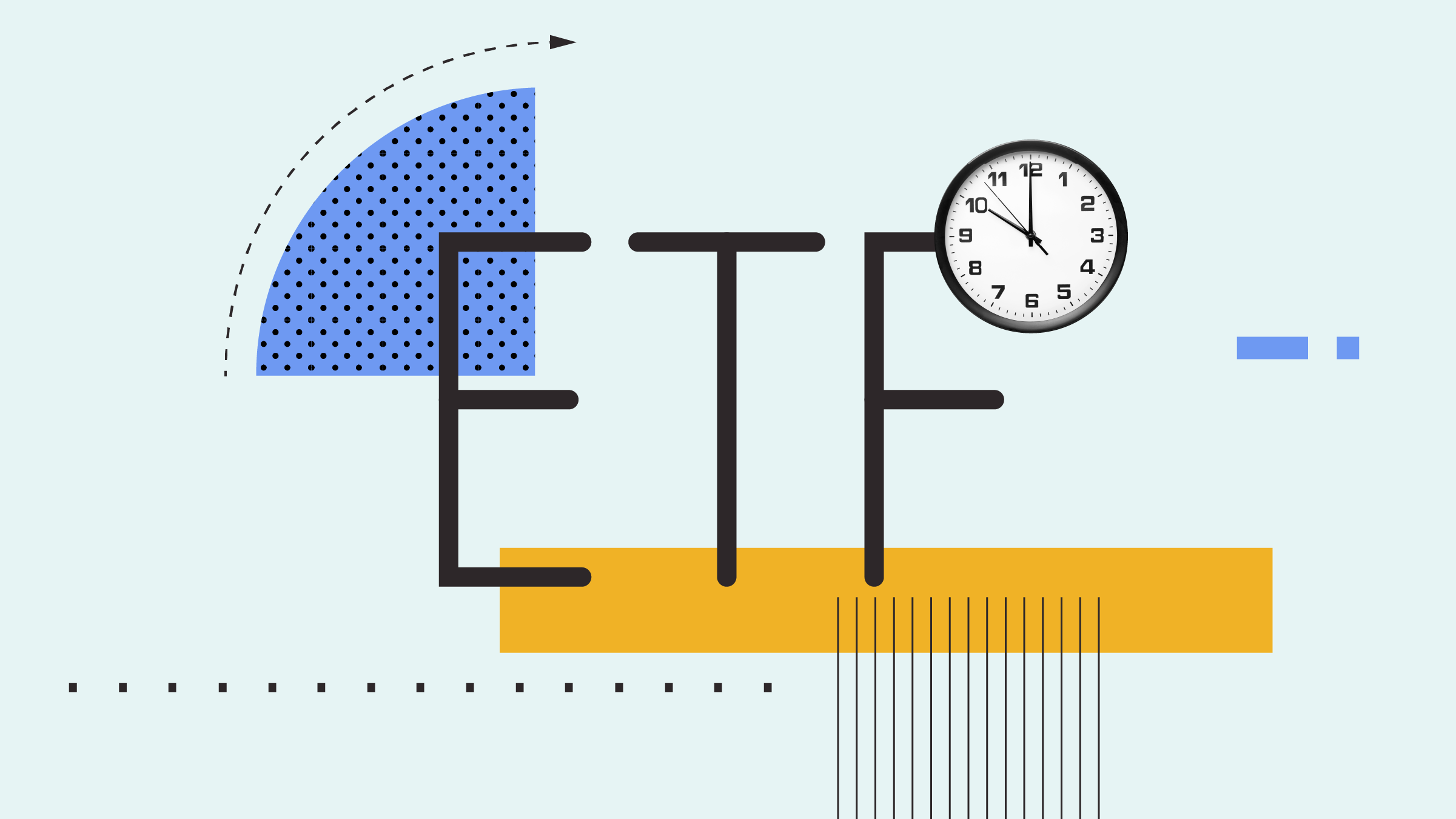With interest rates at or near-historic lows for years now, it's been tough to make a buck on most recently issued bonds, treasury bills or other fixed-income securities. Periodic interest payments from recent issues are negligible. And with rates having almost nowhere to go but up, there's little opportunity to profit from the sale of a low-yielding bond or Treasury bill before maturity.
However, if in 2015 you sold a bond that you had purchased many years ago when interest rates were much higher, you probably made a profit. To maximize that profit, it's important that you make the most of the tax break available on the capital gain you realized, in addition to correctly reporting the interest earned.
Interest received from bonds and other fixed-income instruments during the year is reported on the T5 (and in some cases T3) tax information slips received from investment dealers. These amounts also can include any accrued interest earned during the year from a compound-interest investment such as a GIC or a C-series Canada Savings Bond.
Accrued interest is the amount of interest earned but not actually paid out to the investor. Interest from a compound-interest investment is reportable on the anniversary date of its acquisition. So if you bought a GIC or T-bill in mid-2015, you don't have to report accrued interest on this investment until you file your 2016 tax returns. A T5 slip should reflect this. Note that if a T-bill is sold before maturity and its price is higher than what you paid for it, the resulting capital gain must be reported.
Things get more complicated if you hold a strip bond. There are two types. One is the principal portion of a bond, from which the periodic interest-payment coupons have been removed by an investment dealer. The other is the interest coupons themselves, which can also be sold as separate securities.
A strip bond is purchased at a discount to its face value, and interest must be reported each year. To determine the amount of interest to be reported, the effective interest rate for each year of income must be calculated. This requires amortizing the discount over the period to maturity. While this is the responsibility of the taxpayer to calculate, ask your investment advisor for assistance.
A strip bond held to maturity will not generate a capital gain or loss. However, if sold before maturity, a strip may generate a capital gain or loss, just as would other types of bonds. The gain or loss will be calculated based on the difference between the proceeds of sales and the bond's adjusted cost base. The amount of interest received (and reported) while the investment was held should be subtracted from the proceeds of the disposition, thus reducing the size of the capital gain.
For other types of bonds other than strip bonds, there may be capital gains or losses to report if the bond is held to maturity but was purchased at a discount or premium to its face value.
A bond will be priced at a premium to its issue value if the interest rate paid by its coupons is higher than prevailing interest rates. Similarly, a bond paying interest at rates below current levels will be priced at a discount. For example, a government bond paying 9.75% and maturing in June 2021 was recently priced at $146, while another, more recent issue paying 3.25% with the same maturity was at $113.
The length of time until maturity has impact on the degree of premium or discount. Two government bonds each paying 3.75% had vastly different prices: one issue maturing September 2016 was priced at $101, while the other maturing June 2022 was at $111. A bond's par value is generally $100, with those below that amount trading at a discount and those above at a premium.
Determining this amount is part of the complicated process of computing the amount of a realized capital gain or loss.
Here is a brief summary of the capital-gains-tax ramifications of various bond-investment scenarios:
- If the bond is held from its issue date until maturity, there will be no capital gain or loss if the bond was bought at par value.
- For bonds purchased at a premium and held to maturity, you will report a capital loss equal to the size of the premium.
- A bond purchased at a discount and held to maturity will result in a capital gain equal to the amount of the discount.
- When a bond is sold before maturity, there will be a capital gain or a loss, depending on its current price relative to your adjusted cost base. The ACB is the price you originally paid for it, either on the issue date or later. The difference between the ACB and the amount of the disposition when you sell is the capital gain or loss. A portion of a bond’s sale price will be in the form of accrued interest since the last payment date. The amount of the accrual must be determined and reported as interest income; however, you also claim this accrual amount as an interest expense on your tax return.
Here's an example of how the sale of the above-mentioned 9.75% bond maturing in 2021 would be taxed, based on the issue's current price. Assuming the original investment in these bonds was $5,000, the current market value would be $7,200, or an increase in value of $2,200 based on the price increase from the $100 par at issue to the current $144.
The bond's coupons pay semi-annual interest of approximately $488. Assuming the bonds were sold three months following the most recent coupon date, $244 in interest has been accrued, which would be reportable as income on your tax return. However, the investment's ACB would be increased by that amount, raising the ACB to $5,244. The result is a capital gain of $1,956, of which one-half ($978) is taxable at your marginal income-tax rate.
The complicated -- and expensive -- nature of bond taxation shows why it is attractive to hold bonds within an RRSP or other registered portfolio. However, bonds held with the primary intention of generating capital gains could be better off outside that tax-deferral umbrella and kept in a taxable account, to take advantage of the capital-gains tax rate.



















